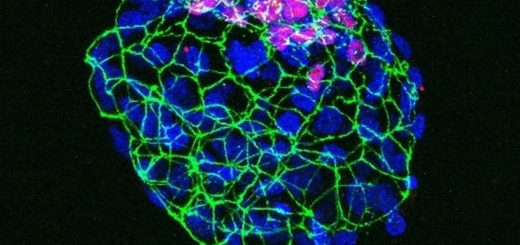We evolved to match local micronutrient levels, which may be a problem
Most human populations evolved to cope with low or high local levels of micronutrients such as zinc, but these localised adaptations might now be problematic
By Michael Le Page
10 September 2025
Acanceh in Mexico is home to many Maya people
Education Images/Universal Images Group via Getty Images
In the past, the quantity of zinc and other trace elements in human diets was determined largely by levels in local soils. Now it has been shown that our ancestors evolved to cope with local variations in micronutrient levels as they migrated around the world.
This might have led to some dramatic side effects – it is possible, for example, that the short stature of some peoples around the world is a byproduct of adaptation to low iodine levels. It is also possible that these past adaptations are causing some people today to get too much or too little of specific micronutrients.
Read more
We’re finally working out why the Mediterranean diet is so good for us
Advertisement
“For most of human evolution, the micronutrient composition of what you’re eating has been dependent on the underlying soil,” says Jasmin Rees at the University of Pennsylvania.
Her team has scanned nearly 900 genomes of people from all around the world to find evidence of adaptation to local levels of 13 trace elements, including iron, manganese and selenium. To do so, the team looked for signs of positive selection in 270 genes linked to uptake of these elements – that is, for gene variants that became more common in specific populations because they provided an advantage.
The strongest evidence was in iodine-linked genes in Maya peoples of Central America. Similar signatures were also found in the Mbuti and Biaka peoples in Central Africa, who have a shorter stature than most people.


